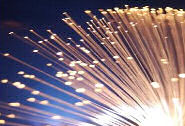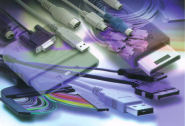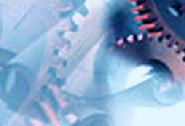EXPERT SERVICES — Signal Fidelity Preservation
Our engineers apply the SFP modeling method throughout the design cycle to ensure that your product design delivers stable signal performance. This process allows us to optimize part design and materials to maximize signal transmission, assembly and test. We use the SFP modeling method to research, analyze and predict that your high speed design will function properly and meet your performance objectives—always.
We understand the issues that are vital to the quality of your design:
- Scattering Parameters are like the early warning system when it comes to analyzing the transmission performance of a signal path. By balancing geometry and dielectric material changes, our engineers can fine tune insertion and return loss characteristics to enhance signal propagation.
- Eye Diagrams provide instant visual data to verify quality or demonstrate problems. These diagrams can help predict performance and identify the source of signal impairments. Our engineers will analyze your design and quantify the overshoot, undershoot, jitter, and skew of the signal path.
- Electro-magnetic parasitics of the printed circuit board will affect Interconnect Devices. Our engineers may need to adjust the geometry and dielectric materials of your design to minimize the adverse effects of clock timing, bus loss, layer stack-up, etch crosstalk and terminations.
- Rise and fall times, not clock speed, determine when a product’s signal conductors must be designed as transmission lines. Our engineers will verify if the Differential or Single-ended signal drivers in your product’s high speed application will produce rise and fall times <750 picoseconds and if so—will design signal conductors longer than 0.750 inches to be transmission lines.
ist gets it done!




